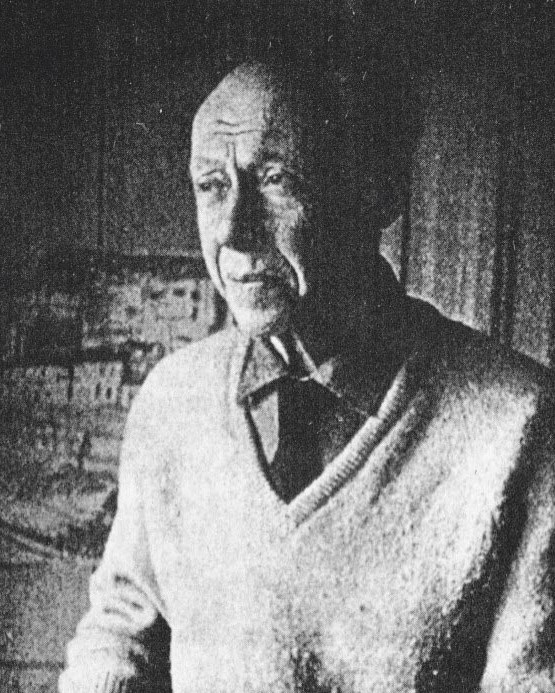Eugène EBICHE
January 2, 2019Henri EPSTEIN
January 2, 2019Willy EISENSCHITZ
VIENNA (AUSTRIA) 1889 – PARIS 1974
Willy Eisenschitz’s father, a liberal-minded lawyer, encouraged his son to pursue his artistic vocation. He quickly left the School of Fine Arts in Vienna and went to work in Paris. He stayed with his uncle, Otto Eisenschitz, who was an art collector and brother-in-law of Henri Bergson. In 1912, he enrolled in the Académie de la Grande Chaumiere, where he met young artist Claire Bertrand. They got married in 1914. While the painter’s debut took place in Central Europe, it was the Canal Saint-Martin in Paris and the Provence region that inspired his future work. He was first and foremost a landscape painter. His work was only slightly influenced by the revolutionary pictorial movements going on in Paris. However, the geometric shapes depicted in his paintings are reminiscent of the interwar Cubist movement.
In 1914, Eisenschitz was arrested as an enemy alien. He was interned at a civilian internment camp in Angers for most of the war. His wife joined him there, where she later gave birth to two children. For health reasons, in 1917, Eisenschitz settled in Lucerne. He exhibited in Lucerne and in Zurich. In 1920, the couple returned to Paris, traveled to Provence in 1921, and to Florence and Assisi in 1922. Eisenschitz went to live in the mountains because of a health problem. He settled in Mollans and then in Dieulefit in the Drome department. In 1926, after a solo exhibition at the Joseph Billiet gallery, the state purchased one of his paintings for the first time. In 1927, Eisenschitz moved with his family to the former Couvent des Minimes at La Valette-du-Var, near Toulon. In 1929, he traveled to Spain and the Balearic Islands. In 1931, while he suffered from shoulder arthritis, which prevented him from using his right arm, he produced watercolors that were exhibited with success in 1932 at the Billiet- Worms gallery. In 1935, Eisenschitz acquired French nationality. He continued to travel to Spain and illustrated three books by Jean Giono: Les Vraies Richesses, Mort du blé, Entrée du printemps.
During World War II, Eisenschitz went back to Dieulefit where numerous other intellectuals had taken refuge. His son David joined the Resistance, but was arrested and deported in 1944. Following the war, Eisenschitz spent his time between trips and exhibitions in Paris, Toulon, and Marseille. The places where he lived or where he traveled to consistently inspired him. One year before his death, a retrospective took place at the Maison de la Culture in Amiens.
Stories of Jewish Artists of the School of Paris 1905-1939
FRENCH-ENGLISH
Capitale des arts, le Paris des années 1905-1939 attire les artistes du monde entier. De cette période de foisonnement, un terme est resté, celui d'Ecole de Paris, qui recouvre une grande diversité d'expression artistique. Dans ce brassage dont Montparnasse est le creuset, un groupe se distingue : celui des artistes juifs venus de Russie, de Pologne et d'Europe centrale. Si leurs styles sont variés, un destin commun les rassemble : ils fuient l'antisémitisme de leur pays d'origine. Certains ont connu la célébrité dès les années 1920, tels Soutine, Lipchitz ou Chagall. D'autres n'ont pas eu le temps ou la chance d'y accéder. Près de la moitié a péri dans les camps de concentration nazis.
From 1905 to 1939, Paris attracted artists from all over the globe as the capital of the art world. This period of artistic proliferation became known as the School of Paris, and includes a great diversity of artistic expression. Within the teeming art world centred on Montparnasse, one group set itself apart: Jewish artists from Russia, Poland, and Central Europe. Although their styles were diverse, they shared the common fate of fleeing anti-Semitic persecutions in their home countries. Some became famous in the 1920s, such as Soutine, Lipchitz, and Chagall, while others did not have the time or the luck to gain renown. Nearly half of these artists died in Nazi concentration camps.





